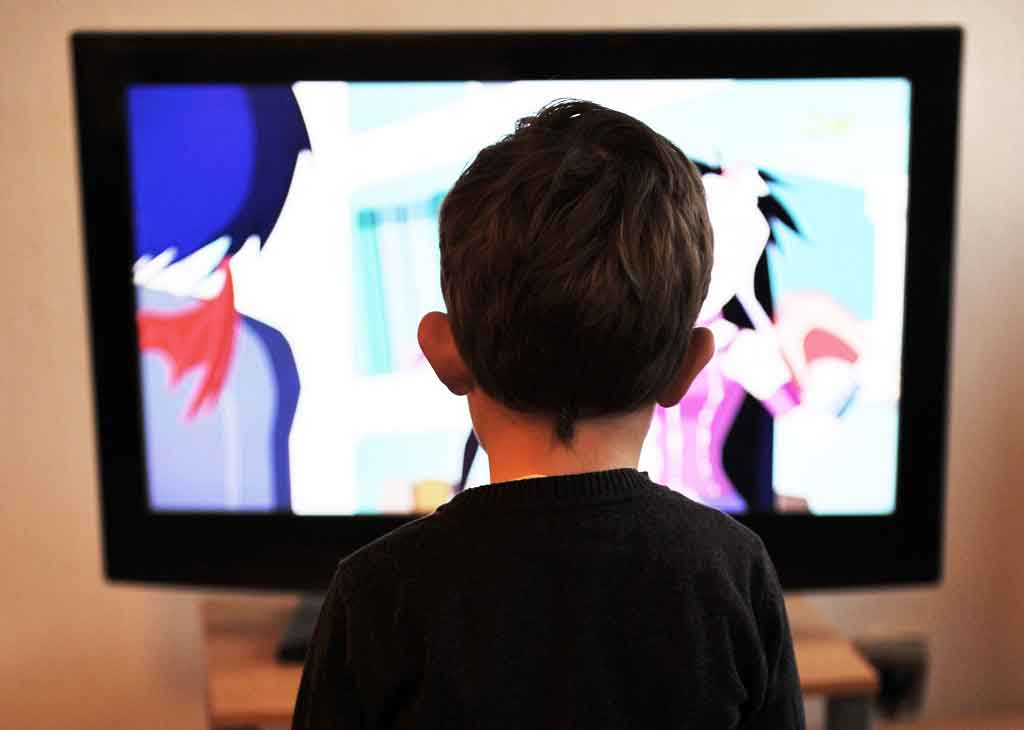NICE recommends home births for some mums
Pregnancy and child
"Home birth 'could be best for many mothers','' BBC News reports. New guidelines from NICE recommend home births or births at midwife-led centres for women with a low risk of pregnancy complications…
Home births have dominated the UK media today, following the publication of guidance by the National Institute for Health and Care Excellence (NICE) on the care of healthy women and their babies during childbirth. The main talking point was the recommendation that women thought to have a low risk of pregnancy complications would be better served by giving birth at home or at a midwife-led unit, rather than at hospital.
NICE has reviewed the evidence for the vast majority of pregnant women in England and Wales who have healthy, uncomplicated pregnancies. The rate of interventions, such as the use of forceps or a caesarean section, in these low-risk women are generally slightly lower in the home or midwife-led units, compared with hospital-based maternity wards.
For women having their second or subsequent baby, a birth in either the home or a midwife-led unit are equally safe options. However, for low-risk first-time mothers, the midwife-led unit may be the best choice.
No woman will be “forced” to give birth at home or a midwife-led unit. NICE advises that all low-risk women should be free to choose their birth setting, and be supported in this choice.
Who does the new guidance cover?
This new guidance focuses on the care of healthy women with uncomplicated pregnancies and low risk of complications. This represents the majority of pregnant women and childbirth in this country.
According to NICE, about 700,000 women give birth in England and Wales each year, around 40% of whom are having their first baby. The majority of these women will have a straightforward pregnancy and birth – around 90% giving birth at full term (over 37 weeks of pregnancy) to a single baby who is presenting head first. Around two-thirds of women will also go into labour spontaneously (without needing to be induced).
What was the media reaction to the guidelines?
Media reaction to the guidelines has been mixed. Some news organisations, such as The Guardian, have been broadly supportive, emphasising the benefits of home or midwife-led unit births, such as a lower risk of interventions, which include caesarean sections. Others, such as the Daily Mirror, have taken a more negative tone, implying that the guidelines have been influenced by concerns that some hospitals are under-resourced or are unsafe to handle cases of labour.
Claims by the Mail Online that “new rules” have been introduced are also misleading. As mentioned, all women will have the choice of where they want to give birth.
What do NICE say about the safety of home compared to hospital births?
NICE has compared the outcomes for “low-risk” women giving birth in four different settings: the standard hospital maternity (obstetric) unit, alongside midwifery units (separate midwife-led units alongside an obstetric unit), a freestanding midwifery unit and birth at home.
When looking at rates per 1,000 women, they found that most outcomes were generally similar or slightly better in the home, compared to the hospital setting. Results included the following:
- Rates of spontaneous (not induced) vaginal birth were broadly the same in all settings, though slightly higher at home and in freestanding units. For multiparous mothers (i.e. women who have already had at least one baby) rates were 984 per 1,000 at home, 980 at a freestanding midwifery unit (FMU), 967 at an alongside midwifery unit (AMU) and 927 in a hospital obstetric unit. For first-time mothers, rates were 794 at home, 813 FMU, 765 AMU and 688 at hospital.
- Use of epidural or spinal anaesthesia for pain relief was lower at home compared to other settings: for multiparous mothers, 28 per 1,000 at home, 40 at FMU, 60 at AMU and 121 in hospital. For first-time mothers, 218 at home, 200 FMU, 240 AMU and 349 at hospital.
- Instrumental delivery rates (i.e. use of forceps or ventouse): for multiparous mothers, 9 per 1,000 at home, compared with 12 in FMU, 23 in AMU and 38 in hospital. For first-time mothers, 126 at home, 118 FMU, 159 AMU and 191 at hospital.
- Rates of caesarean: for multiparous mothers, 7 per 1000 with planned home birth, 8 for FMU, 10 for AMU and 35 for planned hospital births. For first-time mothers, 80 for planned home birth, 69 at FMU, 76 at AMU and 121 for planned hospital births.
When looking at outcomes for the baby, there was no difference in rates of complications between birth settings for babies born to multiparous women:
- Babies born without serious medical problems: 997 per 1,000 babies of planned home birth, 997 for FMU, 998 for AMU and 997 for planned hospital births.
- Babies born with serious medical problems (e.g. breathing in meconium, or brain problems): 3 per 1,000 babies of planned home birth, 3 for FMU, 2 for AMU and 3 for planned hospital births.
For babies born to first-time mothers, there were four extra babies born with serious medical problems:
- Babies born without serious medical problems: 991 per 1,000 babies of planned home birth, 995 per 1,000 babies for all other settings.
- Babies born with serious medical problems: nine per 1,000 babies of planned home birth, five per 1,000 babies for all other settings.
Therefore, birth in a hospital obstetric unit is generally associated with slightly higher rates of interventions and lower rates of spontaneous vaginal birth, compared to the other settings. While a number of possible reasons for the slightly higher rate of interventions in hospital have been discussed (such as women finding the hospital setting more stressful), none have been proven. Further research is therefore required.
For multiparous women, either at home or a in midwife-led unit are equally safe. However, for low-risk first-time mothers, the finding that four extra babies per 1,000 are born with serious medical problems with home births compared to other settings suggests that the midwife-led unit may be the best option for them.
What does NICE recommend?
A summary of the main guideline recommendations in terms of patient care, on place of birth, are as follows:
- Explain to both multiparous and first-time mothers that they may choose any birth setting (home, FMU, AMU or hospital obstetric unit), and support them in their choice of setting wherever they choose to give birth.
- Advise low-risk multiparous women that planning to give birth at home or in a midwifery-led unit is particularly suitable for them, because the rate of interventions is lower and the outcome for the baby is no different compared with an obstetric unit.
- Advise low-risk first-time mothers that planning to give birth in a midwifery-led unit is particularly suitable for them, because the rate of interventions is lower and the outcome for the baby is no different compared with an obstetric unit.
- Explain that if they plan their birth at home, there is a small increase in the risk of an adverse outcome for the baby.
Conclusion
NICE concludes that for low-risk women, whether having their first or subsequent baby, birth is generally very safe for both mother and baby, and they should be free to choose any of the four birth settings and be supported in their choice.
As their findings suggest, it is important that the woman is able to make a fully informed decision, by being given all the relevant information about birth in the different settings – including, as Professor Mark Baker of NICE states: “Where and how a woman gives birth to her baby can be hugely important to her. Although women with complicated pregnancies will still need a doctor, there is no reason why women at low risk of complications during labour should not have their baby in an environment in which they feel most comfortable.” He suggests that the new guidance “will encourage greater choice in these decisions and ensure the best outcomes for both mother and baby”.
As Susan Bewley, Professor of Complex Obstetrics at King’s College London, importantly highlights, women should not feel pressured into giving birth outside of a hospital if this is not their preference: “If a woman would prefer to have her baby in a hospital because it makes her feel ‘safer’, that is also her right. Giving birth is a highly personal experience and there is no ‘one size fits all’ model that suits all women.
“What’s important is that women and their families are given the most up-to-date information based on the best available evidence, so that they can make an informed decision about where the mother gives birth to her child.”






 Subscribe
Subscribe Ask the doctor
Ask the doctor Rate this article
Rate this article Find products
Find products






